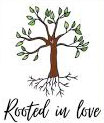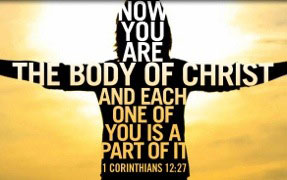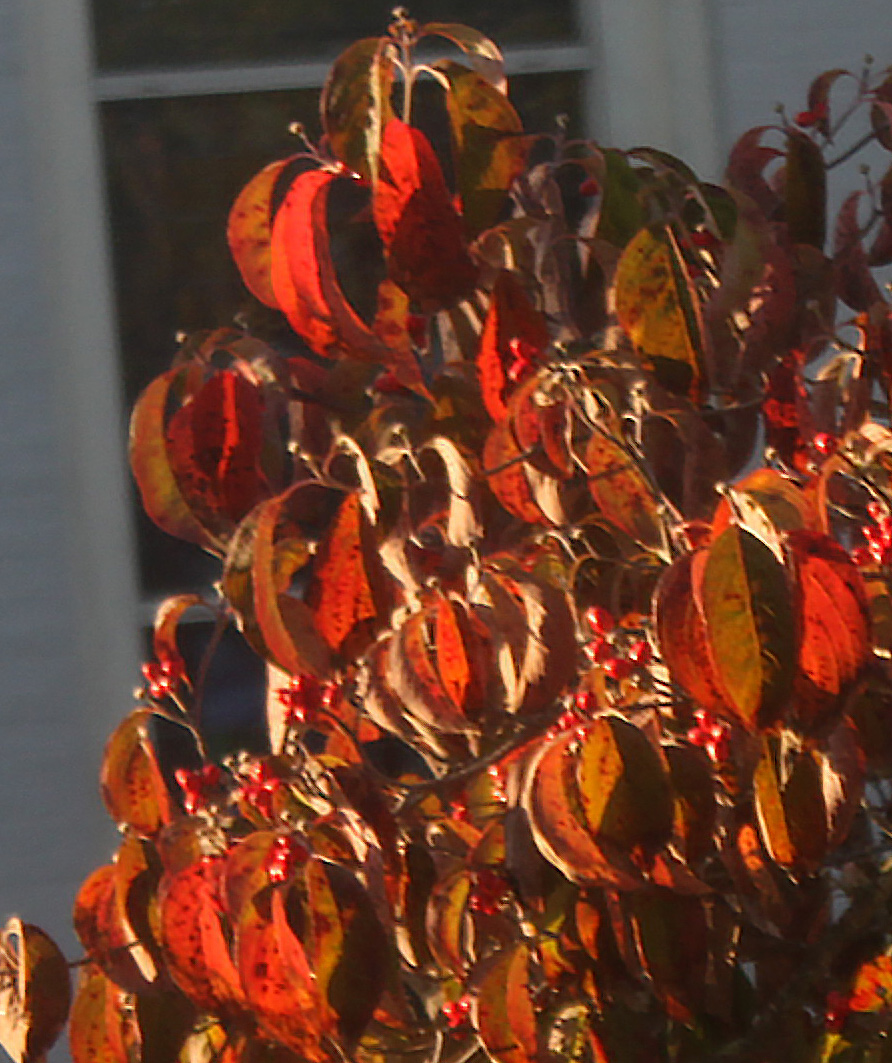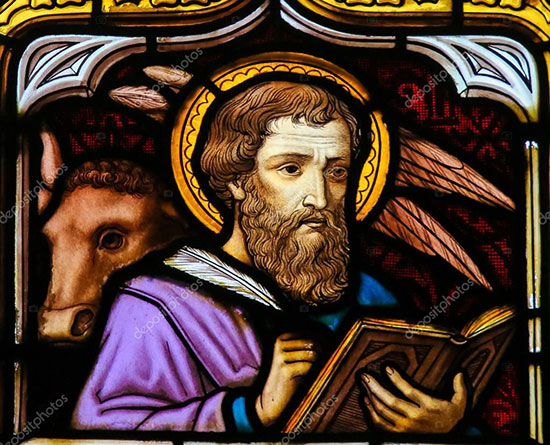Click here to view in a new window.
2023 Sun Oct 15
October is the month to plan your financial giving to the church for 2024

Toward the end of each year, the Vestry asks you to consider what you plan to give for the mission and ministry of St Peter’s in the coming year.
This year the process begins on Sunday, October 8, when Elizabeth Heimbach, Stewardship Chairperson and also our Senior Warden, gives you a letter from me, Catherine, which explains where your money goes and how the church uses it, and asking you to support this work in the coming year.
Included with this letter is a card on which you can list what you plan to give to St Peter’s in 2024. You may also pledge online this year. Your online pledge goes directly to Jim Heimbach, the St Peter’s Treasurer, as do the pledge cards that you fill out and turn in. Your financial commitment is something to consider prayerfully.
Options for your Estimate of Giving (Pledge)

1. Paper – return the card and envelope you received at church. If you were not there to pick up one, it will be mailed to you.
2. Online -NEW!
A. Letter and link to give
B. Link only to give
Your online pledge goes directly to Jim Heimbach, the St Peter’s Treasurer, as do the pledge cards that you fill out and turn in.
Saint of the Week – Teresa of Avila
Poem – "Christ Has No Body"
"Christ has no body but yours,
 Yours are the hands, with which he blesses all the world.
Yours are the hands, with which he blesses all the world.
No hands, no feet on earth but yours,
Yours are the eyes with which he looks
Compassion on this world,
Yours are the feet with which he walks to do good,
Yours are the hands, yours are the feet,
Yours are the eyes, you are his body.
Christ has no body now but yours,
No hands, no feet on earth but yours,
Yours are the eyes with which he looks compassion on this world.
Christ has no body now on earth but yours "
—Teresa of Avila (1515–1582), mystic, reformer, writer. Her feast day is Oct. 15.
Teresa de Cepeda y Ahumada (later known as Teresa de Jesus) was born in Avila, Spain, 28 March 1515, one of ten children whose mother died when she was fifteen. Her family was of partly Jewish ancestry. Teresa, having read the letters of Jerome, decided to become a nun, and when she was 20, she entered the Carmelite convent in Avila. There she fell seriously ill, was in a coma for a while, and partially paralyzed for three years. In her early years as a nun, she was, by her account, assiduous in prayer while sick but lax and lukewarm in her prayers and devotions when the sickness had passed. However, her prayer life eventually deepened, she began to have visions and a vivid sense of the presence of God, and was converted to a life of extreme devotion.
In 1560 she resolved to reform the monastery that had, she thought, departed from the order’s original intention and become insufficiently austere. Her proposed reforms included strict enclosure (the nuns were not to go to parties and social gatherings in town, or to have social visitors at the convent, but to stay in the convent and pray and study most of their waking hours) and discalcing (literally, taking off one’s shoes, a symbol of poverty, humility, and the simple life, uncluttered by luxuries and other distractions). In 1562 she opened a new monastery in Avila, over much opposition in the town and from the older monastery. At length Teresa was given permission to proceed with her reforms, and she traveled throughout Spain establishing seventeen houses of Carmelites of the Strict (or Reformed) Observance (the others are called Carmelites of the Ancient Observance). She died Oct. 4, 1582.
Walk in Love Planning Help Needed!
The new church year starts on the first Sunday in Advent, this year on Sunday, December 3rd. The Vestry has decided that the coming year’s theme will be Walk in Love.
Each season will have a particular focus. The focus of the Advent and Christmas season will be Walk to the Manger. The season after The Epiphany will be Walk in the Light. The seasons of Lent and Holy Week will be Walk to the Cross. The Season of Easter will be Walk in New Life. The season after Pentecost will be Walk in the Way. Catherine and the Vestry will be working on what we do together as the church with these themes in mind. We need a planning committee!
If you are interested in helping with the fun of planning the new year, please complete contact Catherine at (540) 809-7489 or complete this form. Thanks for willingness to help plan!
“Try Not To Miss Anything…”

“When When it’s over, it’s over, and we don’t know any of us, what happens then. So I try not to miss anything. I think, in my whole life, I have never missed The full moon or the slipper of its coming back. Or, a kiss. Well, yes, especially a kiss.” -Mary Oliver (2010). “Swan: Poems and Prose Poems”, p.42, Beacon Press
As autumn begins to make its royal showing here in the Northeast, it’s a good time to celebrate the brilliance, the beauty, and the tender reverence of Mary Oliver’s poetry. “Try not to miss anything” was one of her instructions. It may sound a bit like FOMO (fear of missing out), but for Oliver, it’s all about quality, not quantity.
Her practice of present-moment awareness, evident in her poems about the natural world, has led some to call her “the poet of awe.” In her poem What Can I Say, for example, she writes, “The song you heard singing in the leaf when you were a child is singing still.” While some critics find her work to be lacking in complexity, others of us have folded her writings into our spiritual disciplines, prayer, and faith lives, precisely because of their freshness and simplicity. Oliver’s talent for viewing the world with the eye of the child and the reverence of a devotee makes her poetry resonant and visceral. She tries not to miss anything and invites us to do the same.
Pick up any Mary Oliver poem this month and experience her commitment to careful observation and deep listening. In fact, her definition of prayer is paying attention. She finds God through being truly present, especially to the natural world, leading her to experiences of wonder and moving the reader to compassion and gratitude. In Thirst, she prays, “Oh Lord, love for the earth and love for you are having such a long conversation in my heart.”
It is no mean feat to be fully present, so engaged and intimate with a subject, to truly see it — and to see yourself in it. To truly see it — and to see God in it. This is the secret that contemplatives and mystics know. And therefore the rest of us practice prayer and contemplation for a glimpse or two. Oliver asks in Invitation, “Oh do you have time / to linger / for just a little while / out of your busy / and very important day / for the goldfinches…” The line breaks seem to echo the start-stop ways in which we tend to live our daily lives, charging along and missing an abundance of beauty along the way.
We are surrounded by beauty and opportunities for thanks. And all we need to do is stop and stand in awe.
Her poems invite us to begin to slow down and focus on small details, as in The Summer Day, where she asks, “Who made the grasshopper? This grasshopper, I mean — the one who is eating sugar out of my hand…” Not just any grasshopper, but this very one, right here. If we were to stand still and look at it (or a tree, a river, tuft of moss, a goose or dog or wave) long enough, it might teach us something about prayer, too.
With her emphasis on presence and wonder, Mary Oliver models for us a posture of receptivity, which is essential in the spiritual life. We are called to live into our full humanity as made in God’s image — actively seeking mutual receptivity and mutual presence in the divine dance of living. Not just to observe, but to participate in what we observe and, in doing so, to receive its gift: to witness God in all things and all things in God.
This fall, let us practice noticing those things that point us to the presence of God. We are surrounded by beauty and opportunities for thanks. And all we need to do is stop and stand in awe.
So, practice silence. Practice paying attention. Practice observation as prayer. Practice listening for another voice. Dispose yourself to the mystery in front of you and allow yourself to experience awe as mutuality.
Mary Oliver’s invitation is to treat the details of your day as blessing. May we follow her example by remembering to be astonished. May we learn gratitude through loving this world and seeing God in all of it. May we experience the presence of divine love in all the blessings and sufferings that compose our lives. And may we bring our questioning spirits to the woods or fields or parks or porches, “with our arms open,” in a reverent search for oneness.
Blessings and peace,
Dr. Kathy Bozzuti-Jones and the Faith Formation and Education team
Stewardship FAQ
Frequently asked questions about Stewardship at St. Peter’s
What is stewardship?
Stewardship is an expression of gratitude and thankfulness for the blessings of life that come from God. It is love shared and love returned. A life lived in gratitude is a life lived in love
Why does St. Peter’s call stewardship a spiritual practice?
Any spiritual practice is based on faith – faith that the act repeated regularly will increase our awareness of the presence of God and will gradually remove from our lives walls we erect that block God’s grace.
Spiritual practices include worship, prayer, silence and meditation, contemplation, reading scripture, and giving.
Giving (financial stewardship, in our focus here) has numerous spiritual benefits. Here are just three: First, stewardship reduces our attachment to things material. We learn that by giving away something we “have” really does not diminish us at all. Our needs continue to be met by God. Second, giving chips away at our belief in the concept of “mine” and “yours”. Giving helps us better experience truth that we are indeed one in spirit. And finally, in some mysterious way, our willingness to give determines our willingness to receive. No doubt all of us know someone who would never give anything to someone else and, in turn, would never accept a gift. We must be willing to give in order to be open to receiving. And God is giving to us every moment of the day. Our willingness to give enhances our ability to accept God’s gifts.
Is my stewardship defined only by the money I give to the church? Absolutely not. Time and service given to others is a critical component of stewardship. Our church can’t function without these gifts of time and service.
Why is making a pledge important? Pledges have two purposes. One is between you and God. Pledging yourself to any spiritual practice increases the likelihood you will actually do it. In the fall each year we ask you to commit to the practice of giving. We’re most concerned with your commitment to this practice, and less concerned with how much you give. For many of us, a pledge to give money to the church is a way that we say thanks to God and practice our faith.
Second, the vestry does its best to operate the church on a sound financial basis, and having a good handle of how much people plan to give in the coming year enhances the vestry’s ability to plan responsibly.
What percent of the church’s annual budget is supported by pledges? About 83%. The rest of the operating budget is supported by cash offerings and donations,. It’s simple – our programs depend on pledge support.
What happens if I make a pledge and find I cannot fulfill it? Your pledge is not a contract. It is a spiritual commitment. You need to inform the treasurer if you cannot meet or to need to adjust your pledge so that we can make adjustments to operations as needed.
How much should I give? Am I expected to tithe? If you asked ten different members of the church this question you would likely get ten different answers. We encourage you to give a gift that is meaningful. For someone like Bill and Melinda Gates, who could likely live an extravagant lifestyle on 1% of their income, a tithe of 10% of their income may or may not be meaningful. To the contrary, a single parent with several children in college who has a budget down to the last dollar, a pledge of one-tenth of one-percent may be meaningful. To quote the lyrics from the song “One” by U2 (which started as a Christian rock band), “We’re one, but we’re not the same, we get to carry each other, carry each other”. If we can all give a gift that is meaningful to us, we will be able to reach our goals.
Luke, Oct 18

Luke was a Greek and a Gentile. He is the only Gentile to author any of the Books of the New Testament. Hence, he translates Hebrew words into Greek or gives their Greek equivalent.
Luke is the author of the Gospel of Luke and the presumed author of the Book of Acts. He was also witness to the growth of the first century church and carried the Good News to the Gentiles. He wrote in the 80’s and wrote approximately 24% of the New Testament more than any other writer including Paul.
He was a Syrian from Antioch and more reflective of Middle Eastern Culture than the Jewish writers in the rest of the Gospels. He was a passionate story teller, emotional, similar to today’s Arab culture.
He records virtually nothing about himself, but his fellow apostles do reveal some information about him. We may also discern some things about him based on the manner in which he presents information, his background and the times.
